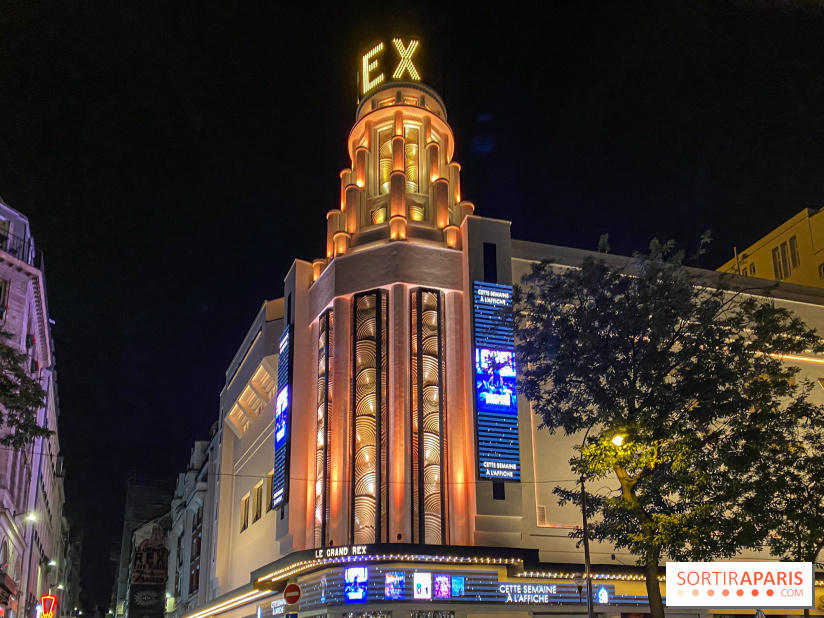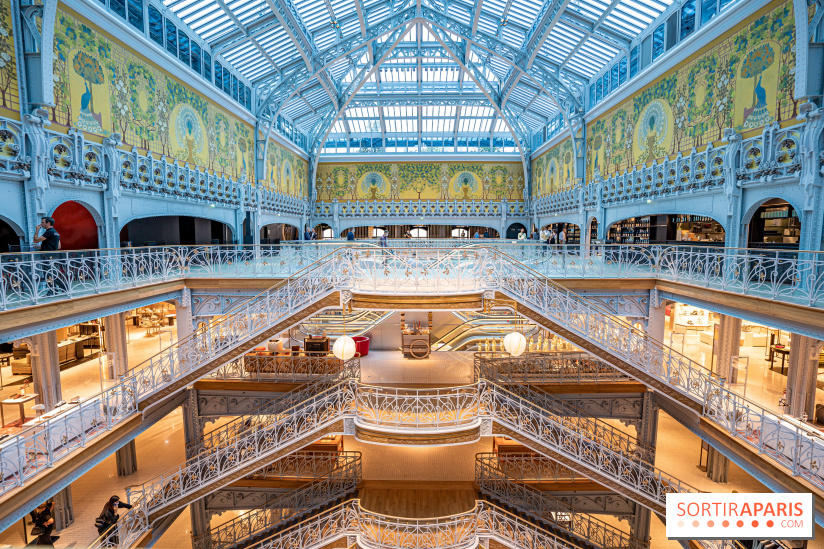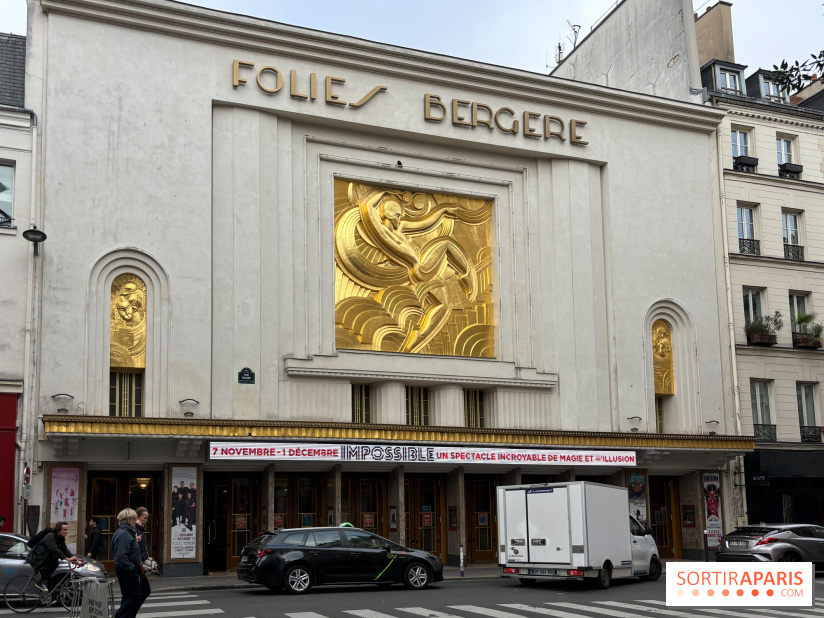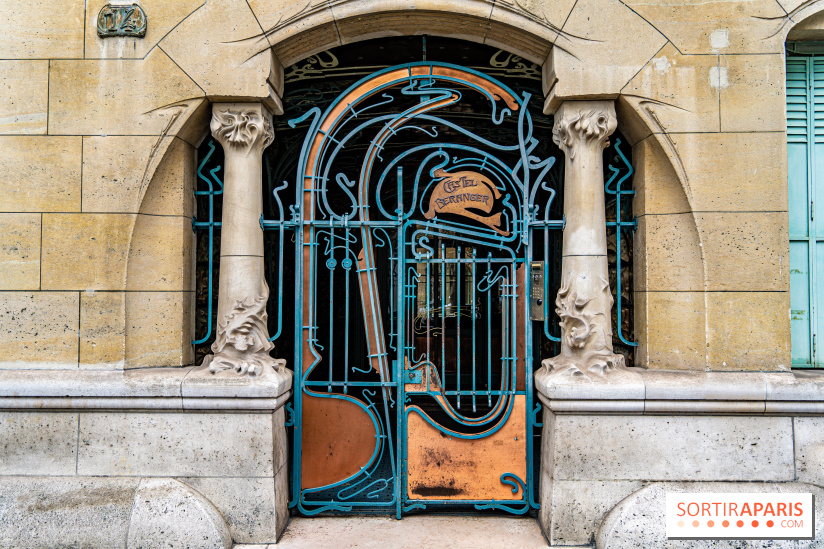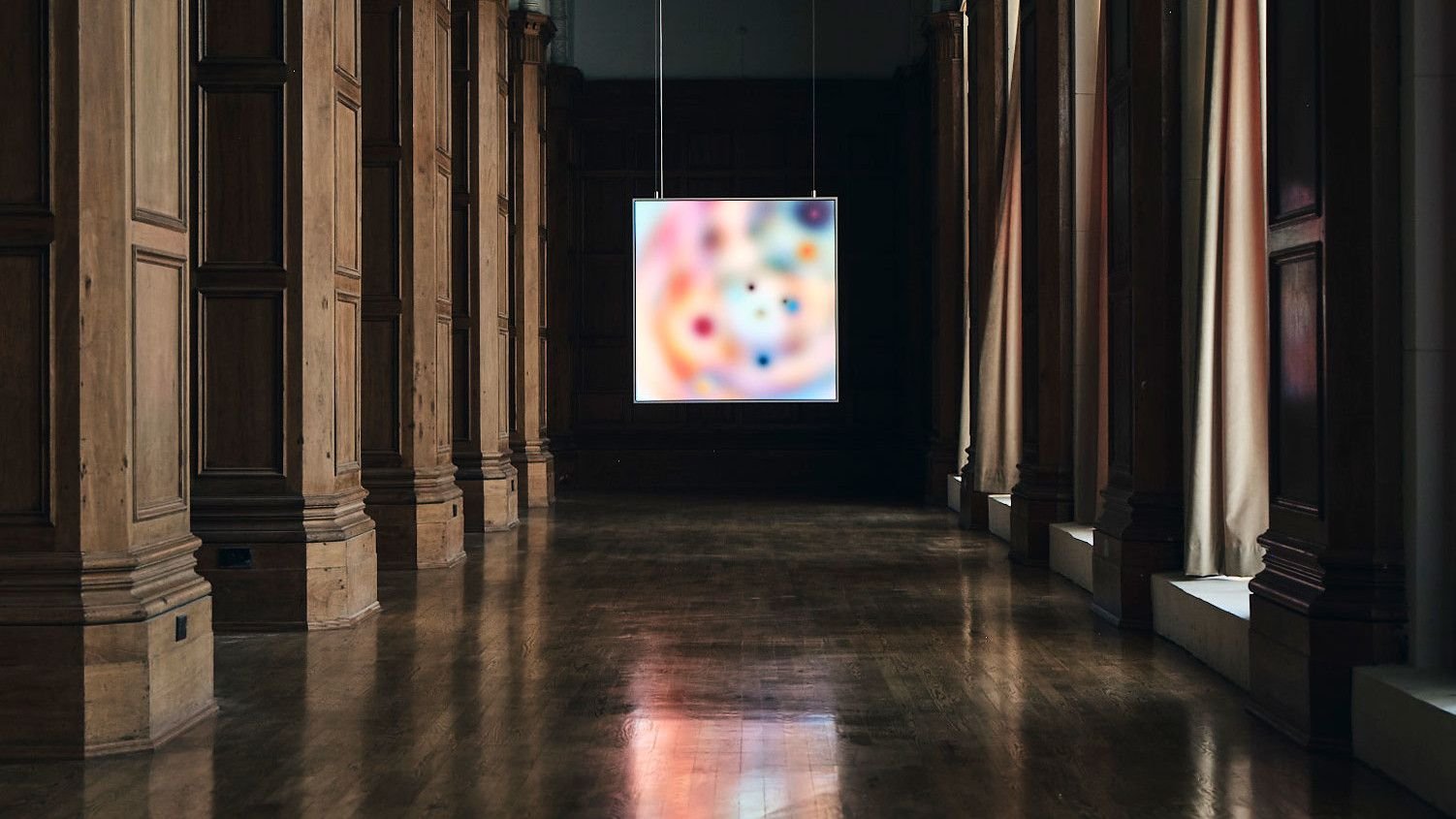At the beginning of the 20th century, two major artistic movements stood out: Art Deco and Art Nouveau left their mark on the world of art and architecture, particularly in Paris. Here’s how to recognize and distinguish these two movements.
The Molitor swimming pool, the Lutetia hotel, the Samaritaine, the Champs-Elysées theater, the dome of Galeries Lafayette Haussmann, the Grand Rex, the Palais de la Porte Dorée, Maxim’s restaurant… All these buildings, and many more, are art deco or art nouveau creations. Two artistic movements that helped change the face of Paris in the early 20th century.
Both styles are still highly appreciated today, and the major artists of the period are regularly featured in museums. However, art deco and art nouveau are quite different. Here’s how to recognize and differentiate them as you stroll through Paris.
Art Nouveau is the older of the two movements: it was born around 1880 and reached its peak in 1905. The movement was born in reaction to the excesses of industrialization, and the endless reproduction of old movements and styles. Artists sought to create new practices, forms and motifs. Art nouveau is characterized by color, flora and fauna motifs , and a strong emphasis on nature. Asymmetrical shapes, curves and scrolls are common. The great figures of this style are Antoni Gaudi, Hector Guimard, Gustav Klimt, Alfons Mucha…
Art Deco was born in the 1910s. It reached its peak in 1920, and faded rapidly after 1930. Art Deco developed mainly in the fields of architecture, interior design and design. In contrast to the curves and natural motifs of Art Nouveau, Art Deco emphasized strong lines, symmetry and clean, sober forms. Architectural elements include stone, glass and large volumes. Representatives of this style include Jacques-Émile Ruhlmann, Le Corbusier, Tamara de Lempicka, Chana Orloff…
So, visually, the two styles stand out from one another. On the one hand, busy, flowery decorations, as seen on the dome of Galeries Lafayette Haussmann or in the room at Bouillon Chartier Montparnasse.
On the other hand, the buildings are more straightforward and distinctive: think of the straight, high lines of the Grand Rex façade, or the Folies Bergères theater, a typical example of art deco architecture.
Now you’re ready for a stroll through Paris’s art nouveau and art deco heritage!

